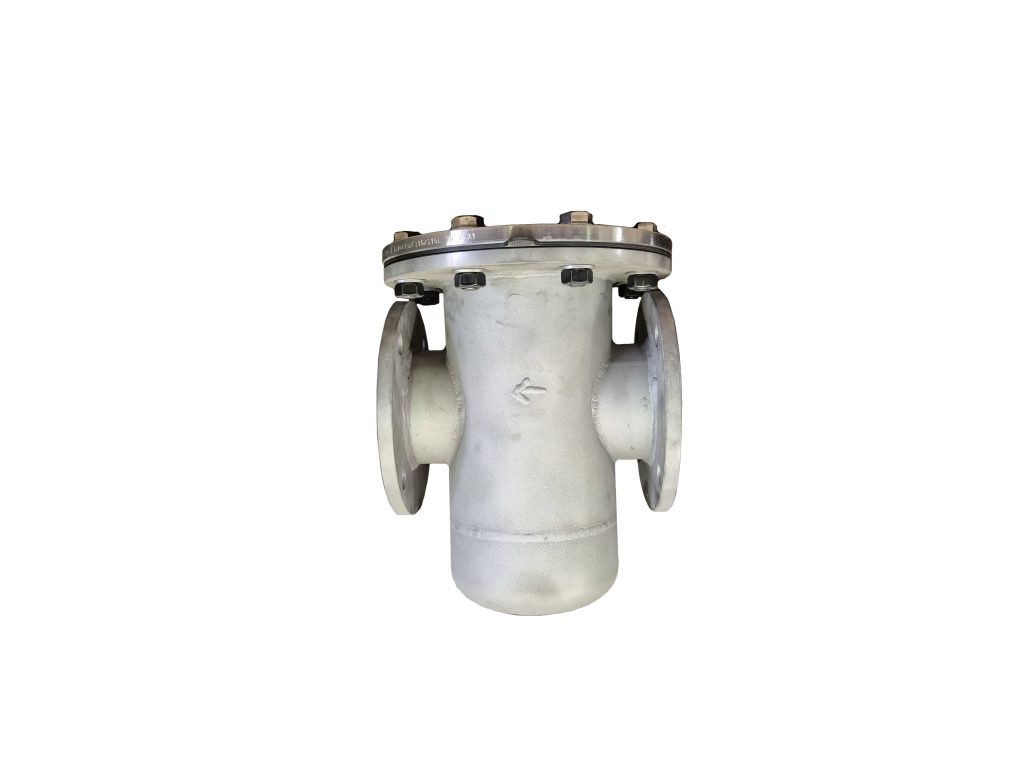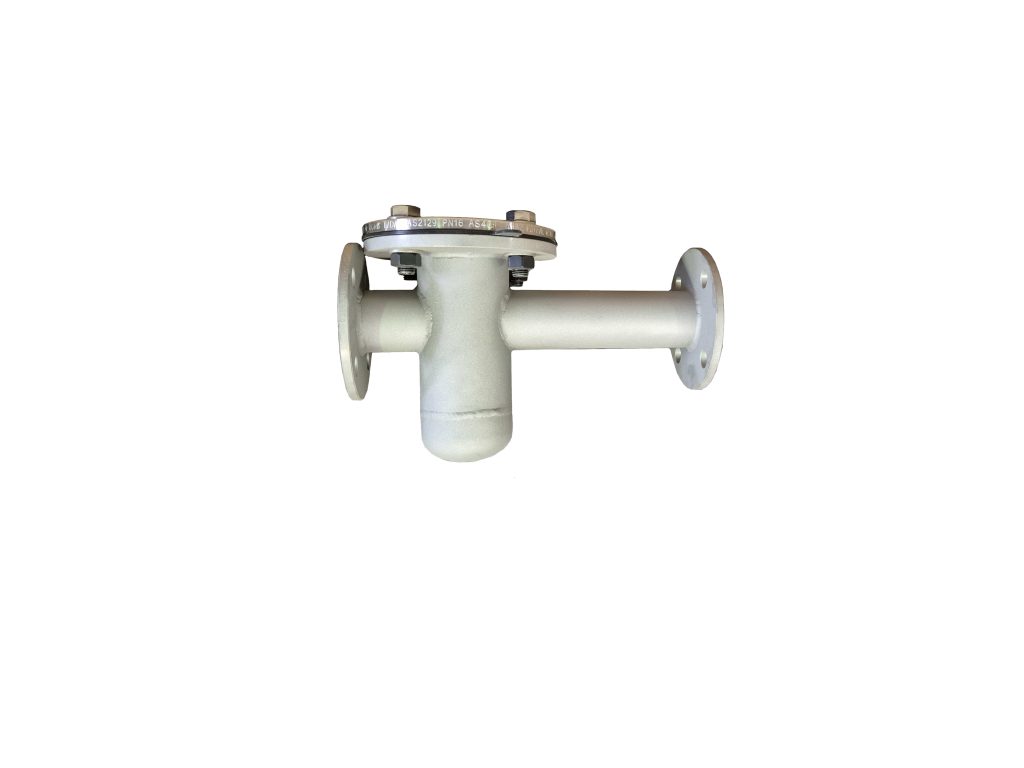HydroMet’s 316 Stainless Steel dirt box style strainers, designed to safeguard water meters and backflow prevention devices from dirt and debris.

Product Details
HydroMet’s 316 Stainless Steel strainers are purpose-built to maintain water system integrity by preventing contaminants from compromising performance. These strainers offer durability, ease of maintenance, and customization options, making them an excellent choice for critical applications.
Material and Construction
- 316 Stainless Steel: The material of choice for HydroMet strainers. Unlike ductile iron, stainless steel exhibits exceptional corrosion resistance, making it ideal for water-related applications.
- Dirt Box Style: The strainers feature a dirt box design, allowing efficient removal of debris without disassembling the entire system.
- Flat-Top Arrangement: The flat top lid flange provides easy access to the strainer mesh, simplifying cleaning and maintenance.
Customization and Replacement
- Flange-to-Flange Length: HydroMet strainers can be tailored to fit specific requirements. Whether replacing existing strainers or installing new ones, customization ensures seamless integration.
- Cost-Effective Installation: Unlike traditional strainers and pipe pieces bolted together, HydroMet’s design streamlines installation, reducing costs and downtime.
Advantages of Stainless Steel over Ductile Iron
- Corrosion Resistance: Stainless steel outperforms ductile iron in corrosive environments. It withstands aggressive substances, preventing premature degradation.
- Longevity: The 316 Stainless Steel construction ensures a long service life. These strainers can endure harsh conditions without compromising performance.
- Low Maintenance: Stainless steel requires minimal upkeep compared to ductile iron. Its resistance to rust and pitting reduces maintenance efforts.
- Set-and-Forget Reliability: Once installed, stainless steel strainers offer peace of mind. Their durability allows you to “set it and forget it.”
In conclusion, HydroMet’s 316 Stainless Steel strainers combine robustness, customization, and corrosion resistance. When choosing between materials, consider not only the initial cost but also factors like lead time, ease of customization, and long-term performance. Stainless steel emerges as a reliable choice for critical water systems, ensuring efficiency and longevity.
Product Images


